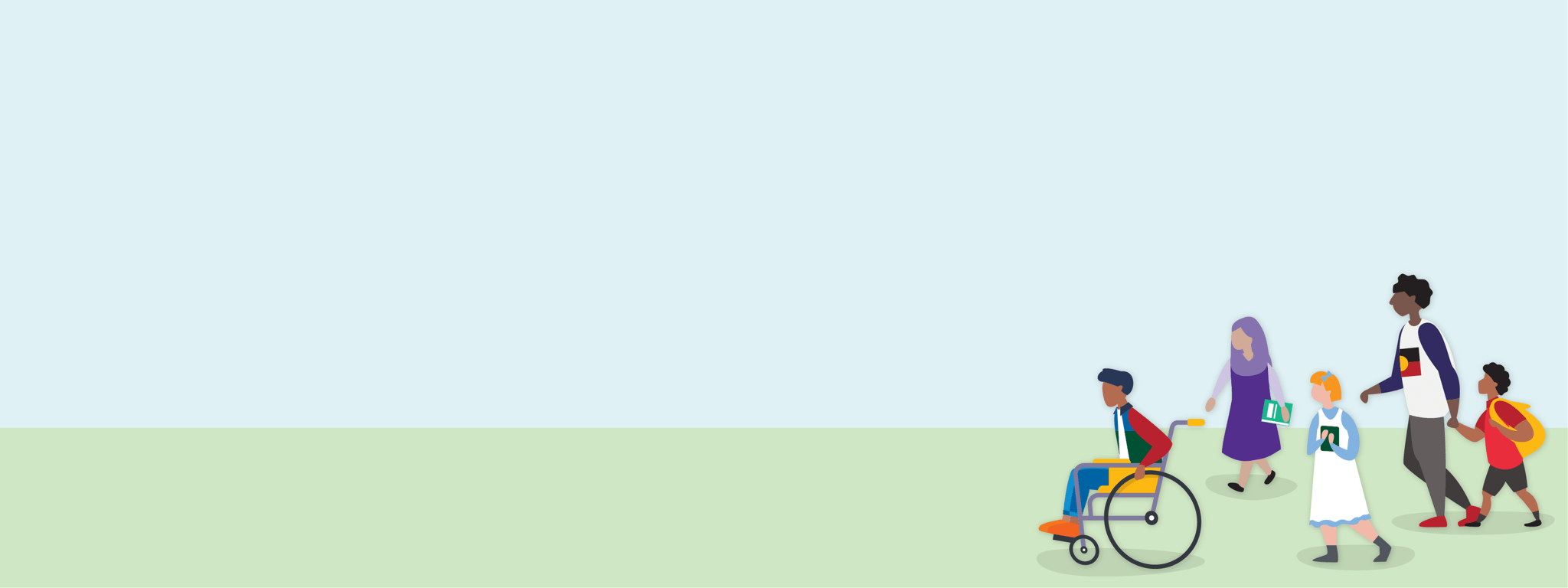1872
Education Act 1872
The Education Act made Victoria the first Australian colony (and one of the first regions in the world) to offer free, secular, and compulsory education to children. The 1872 legislation required all children aged 6–15 years to attend school unless they had a reasonable excuse.
1890
Melbourne Teachers’ College opened
The Melbourne Teachers’ College opened as the Training College and was a leading force in Victorian teacher training. In 1913 it was renamed, expanding beyond primary training to secondary, kindergarten and other specialised areas.
In 1973 it was renamed the Melbourne State College, and, in 1983, the Melbourne College of Advanced Education. In 1989 it joined the Education Faculty of the University of Melbourne to form the Institute of Education.
Today, teachers do their initial training at university and undertake additional professional learning throughout their careers – including at the new Victorian Academy of Teaching and Leadership. Find out more: Victorian Academy of Teaching and Leadership
1907
First state-funded kindergarten
Emmeline Pye, teacher and lecturer were one of the pioneers of kindergarten education in Victoria. In 1907 she opened the first state-funded kindergarten in Brunswick, Victoria.
In 2022, Victoria became the first state to introduce funded Three-Year-Old kindergarten – the largest social, economic and educational reform in early childhood education in Australia’s history.
Learn more about kinder in Victoria today: Give your child the best start
1912
Opening of new technical colleges
The history of TAFE in Victoria stems from both technical colleges such as the Ballarat School of Mines and the Mechanics Institute tradition.
The Ballarat School of Mines was established in 1870 and is now a part of Federation University, one of Victoria’s four dual-sector universities. Mechanics Institutes began in Scotland in 1821 and quickly spread across the world, with more than 9,000 established by 1900. The first Victorian Mechanics Institute was the Melbourne Mechanics Institute in 1839.
The Victorian Education Department became more fully involved in technical education after the Education Act 1910. The Act made it possible to open new technical schools to address the shortage of skilled tradespeople.
Technical schools offered students a pre-vocational course to prepare them for a trade or other employment. The first of these new colleges opened in 1912 in Collingwood, followed shortly after in Sunshine, Box Hill and Preston.
Today, Victorians enjoy access to hundreds of opportunities at 16 institutes across the state including more than 60 Free TAFE courses. Find out more at Free TAFE.
1913
School nursing program
The Primary School Nursing Program began in Victoria from humble beginnings in 1913 and has now grown into a nationally recognised and highly valued program. The program has undergone significant changes over the last century, but its main aim has always been to improve health and developmental outcomes to support children to achieve their potential.
The Secondary School Nursing Program is a relatively new edition starting in 2000. This innovative program supports both school-wide approaches to health promotion and individual health interventions for young people.
1930
State schools’ relief
State Schools’ Relief was founded in 1930 during the Great Depression, by Anton Vroland, a headteacher from Elsternwick State School.
Today, State Schools’ Relief assists Victorian Government school students whose families or carers are facing difficulty in providing the appropriate uniform, footwear, or educational items for attending school.
Find out more: State Schools' Relief.
1944
First Education Week
Education Week is an opportunity for all primary and secondary schools, higher education providers, and early childhood education and care services to celebrate education in Victoria.
Education Week started as an education rally in 1944 and became an ongoing education campaign. Find out more about what is happening at this year’s Education Week.
1971
Migrant education program
In August 1971, Victoria received funding to hire teachers to support migrant students in government schools through the creation of the Commonwealth Migrant Education Program.
1981
Introduction of computer technology in classrooms
The 1980s saw the introduction of computer technology in the classrooms, which offered new opportunities and changed the landscape of schools.
In 1998 the education department established a range of programs to assist schools to obtain computers for teaching and learning purposes.
Today, across government schools there are more computers than students.
1984
Ministerial review of services for students with disability
The Integration in Victorian education: report of the Ministerial Review of Educational Services for the Disabled (1984), also known as the Collins Report, outlined the beginnings of a substantial reform agenda.
The introduction of ‘integration’ in Victorian schools in 1984 marked the beginning of a significant cultural shift that placed Victoria at the forefront of national practice. Integration established the presence of children and young people with disabilities in local neighbourhood schools and provided a place for all children and young people within the government school system.
Learn more about Disability Inclusion in schools today.
2001
Yalca
In 2001 the Victorian Aboriginal Education Association Inc. (VAEAI) and the Victorian Government released Yalca – a partnership in Education and Training for the New Millennium policy.
It supported a lifelong philosophy of education, placing the student at the centre of education policy and decision making; and acknowledged local Koorie communities are best able to determine local education needs.
Yalca paved the way for VAEAI and the Victorian Government to collaborate for the first-ever 10-year plan for Koorie education in Victoria with the creation of Marrung, an Aboriginal Education Plan for 2016-2026.
Find out more at Marrung.
2022
150th anniversary of public education in Victoria
In 1872 there were over 480 schools in Victoria, more than 170 of these continue teaching today.
A lot has changed in the last 150 years, but public education remains a vital part of the Victorian community.
Document download:
Updated
